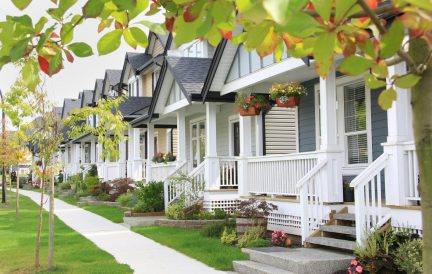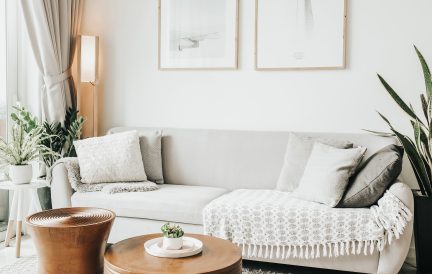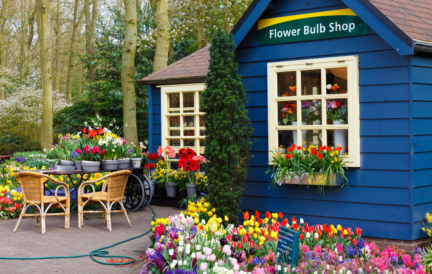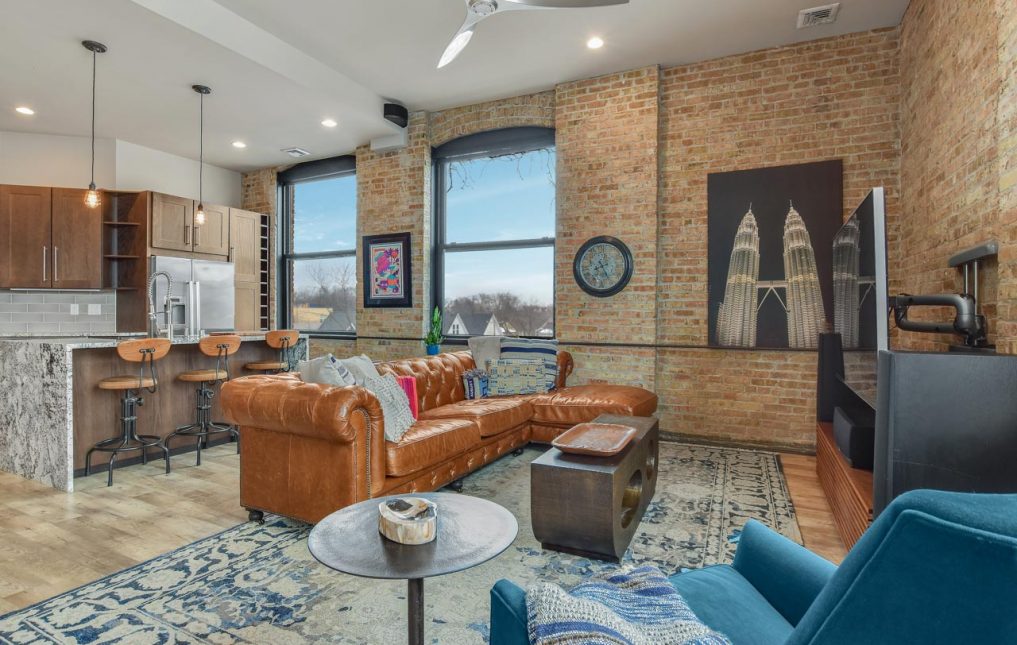There are a few things life made to go hand-in-hand:
Wine and Wisconsin cheese
A catnap and a sunbeam
Spaetzel and soft pretzels
Lifestyle and home layout
When searching for your perfect home, your lifestyle should determine the layout. The trendiest layout debate these days is open floor plan vs. traditional floor plan. Open floor plans are some of the most popular looks in new developments. They’re inclusive and look magazine-ready. But they may not fit be a good fit for your day-to-day. Not to fear—we’ll break it down for you.
Is An Open Floor Plan A Good Fit For You?
In the history of architecture and design, open floor plans are a pretty new concept. This trend gained popularity in the ’90s and has stayed steadfast in the homes of suburban America ever since. Open floor plans have been the subject of many home renovation projects.
An open floor plan doesn’t necessarily mean all your living space is fit into one big room. Design elements can still come to play here. It simply means walls and doors do not separate them. Separations can occur by stairs, sunken floors, exposed beams, or catwalks. These design techniques play tricks on the eye and make smaller homes look larger.
A Solid Option for Budget Buyers and Families
For this reason, open floor plans can be great for home buyers with smaller budgets. Or for downtown dwellers who are willing to trade square footage for location.
Aside from tricking the eye into creating larger angles, the goal of open floor plans is for families to coexist in the primary living spaces. Synergy exists between eating and lounging. For families, open floor plans make it easy to keep an eye on the kids while you’re cooking, cleaning up, or working.
Light and Airy
One bonus of open floor plans is the benefit of shared natural light. Large windows in the most significant rooms can fill the surrounding spaces with light and air. It brings nature indoors. Open concepts create more energy with outside living spaces, which can be a major benefit to mental health.
Spending Time In The Heart of The Home
No matter, everyone always seems to gather in the kitchen. Soul food aside, kitchens are the soul of your home, and memories are made over meals. But with an open floor plan, memories can be made during meal prep too.
The goal of open concepts is to bring all this warmth into the comfiest (and usually best decorated) part of your home… the living room. It creates a sense of coexisting and togetherness. Someone can be relaxing on the couch while another is cooking.
But On The Other Hand…
This means little privacy. Depending on the bedroom or home-office set-up, you may need a break every once in a while!
It also means there’s likely to be some “back seat cooking” going on.
Feng shui isn’t always easy in open concepts. Typically you need to use your furniture to divide the purpose of a room. A statement piece is required to separate the eating space from the lounging space. If each piece of furniture serves a dual purpose: functionality and architecturally, your decor choices are limited. Dividing one room into a multipurpose space can be challenging.
Open floor plans can be costly to heat & cool, too, especially if your floor plan includes a second floor or vaulted ceilings. Hot air rises. And in frigid Wisconsin winters, we need every fighting chance we can get. Not to mention the environmental impacts of having your heating/cooling system work double-time to get you to your desired temperature.
Noise can also be amplified in an open concept, especially if you have rambunctious kids yodeling into the tall ceilings. If you have a home-office corner of your living space, this can be especially difficult.
And you have to be ok with an exposed mess. If you’re living (and working!) and preparing almost all your meals at home, it’s hard to keep the kitchen clean 100% of the time.
Many believe that open concepts create a sense of ease and warmth. But the reality can mean that your home feels cluttered 100% of the time. There’s no escaping to a perfect oasis of a clean living room after dinner… because you can see the dishes from the couch.
Traditional Floor Plans
Traditional floor plans are… anything that’s not open-concept. You have a clearly defined room for every purpose. Historically, kitchens were placed out-of-sight in the back of the house.
Now a major benefit of a traditionally laid out kitchen includes some privacy for the chef. It gives you the space to have a working kitchen to yourself. If you’re more of an introvert when company comes over, it can be nice to have this working respite.
Traditional floor plans give you the opportunity for:
- More privacy regularly.
- Opportunity for concealing clutter, which is great for the busy families who know they don’t have time to keep a sparkling kitchen.
- Peace and quiet around every corner whenever you need it.
- Having fun with decor design. You can easily curate a different decor design for every room if you want. There’s less pressure to create a synergistic flow between living spaces. You can just do what you like!
Feel strongly one way or another?
No matter your preference, we’ve got your back. Before taking you on any home tours, we’ll listen to your list of must-haves and not’s. If an open floor plan is on that list, we’ll make plans accordingly. There is no right or wrong opinion about open floor plans. It’s completely dependent on your lifestyle.
Categories

Real Estate Insights

Around Town

Home Design

Neighborhood Spotlights

Buying & Selling Tips
Uncategorized
Recent Posts

Embrace the Buzz-Free Zone: Plants that Naturally Keep Bugs Away Outdoors!

7 Outdoor Patio Dining Gems in Madison You Must Experience

